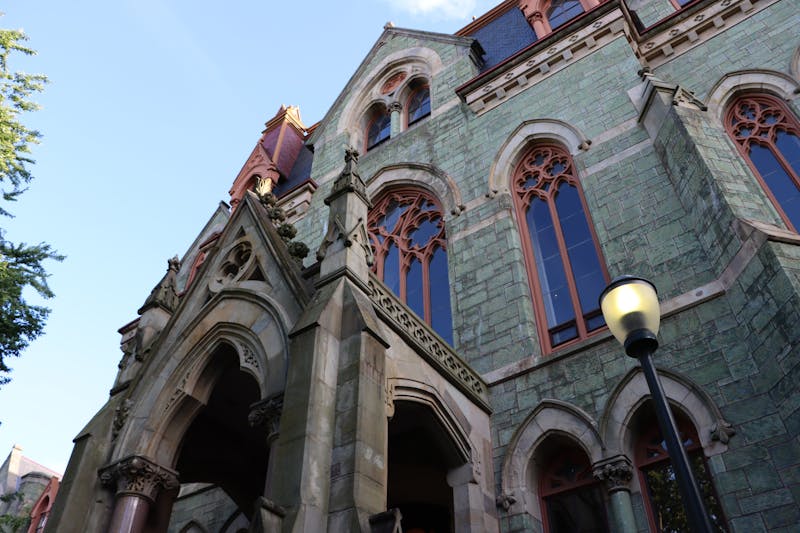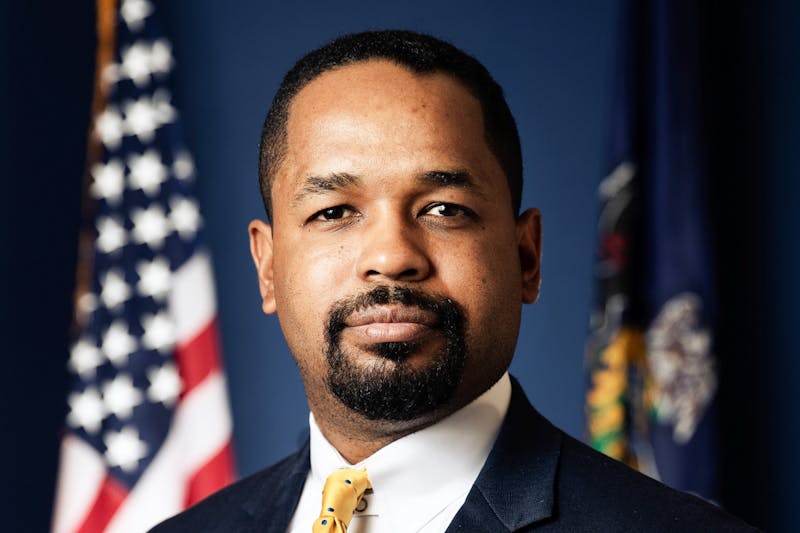The National Science Foundation is giving a $2 million boost to four faculty research projects at Penn.
The five Penn faculty recipients of the NSF grant include professors Joe Subotnik, Dennis Discher, Milo Martin, James Kikkawa and Arjun Yodh. The largest research grant totaling $600,000 is for a quantum chemistry project under the CAREER program, a research initiative that supports junior faculty, according to the Office of Chaka Fattah, the United States representative for Pennsylvania’s 2nd congressional district.
In one of the projects funded by the grant, Martin is collaborating with professors from the University of Michigan to research the effects of overheating on mobile devices. His work will seek a solution to the cell phone conundrum: an increase in activity leads to an increase in heat.
“The performance of mobile devices is currently constrained by heat. If the device computes faster, it uses more energy, and it will get too hot to operate correctly,” Martin said.
Evan Lerner, a Science News officer who is working closely with the faculty recipients of the NSF grants, said, “Computers have built-in fans, but phones do not have the space to have fans to cool them down.” The challenge is to “still get the information you want quickly without the phone melting,” he said.
Martin and his team developed a term to describe cell-phone usage called computational sprinting. “Mobile devices are used for short periods of time and then [remain] idle in the user’s pocket for hours,” Martin said. “So it does not matter how much the device can compute over hours, but how much it can do in seconds.”
In accordance with computational sprinting, Martin and his colleagues seek to build a chip that can move very quickly for short intervals. Using the example of a runner who can sprint in short intervals but not for an entire marathon, Martin explained that a chip that can sprint for intervals of a few seconds would allow mobile devices to move very quickly while avoiding melting. “Chips today do not sprint,” Martin said. “They walk.”
Once a year, the NSF calls for research proposals in order to give out grants. “A NSF grant proposal is a 15-page document that includes initial results, a plan of what you want to accomplish and the proposed budget for the project,” Martin said. Experts in various fields review the proposals and the top ones are selected to be funded. Around 10 to 15 percent of the proposals are chosen.
Senior Vice Provost for Research Steve Fluharty said he was pleased that Penn received support from the NSF. “Federal funding is critical to driving Penn’s research mission forward, and these five projects provide an excellent snapshot of what our faculty can achieve with NSF grants,” he said.
The grants represent a large portion of the funding the Penn research program receives. “Federal funding is how research gets done no matter where you are in the university,” Lerner said. “They push research forward.”
The Daily Pennsylvanian is an independent, student-run newspaper. Please consider making a donation to support the coverage that shapes the University. Your generosity ensures a future of strong journalism at Penn.
DonatePlease note All comments are eligible for publication in The Daily Pennsylvanian.







